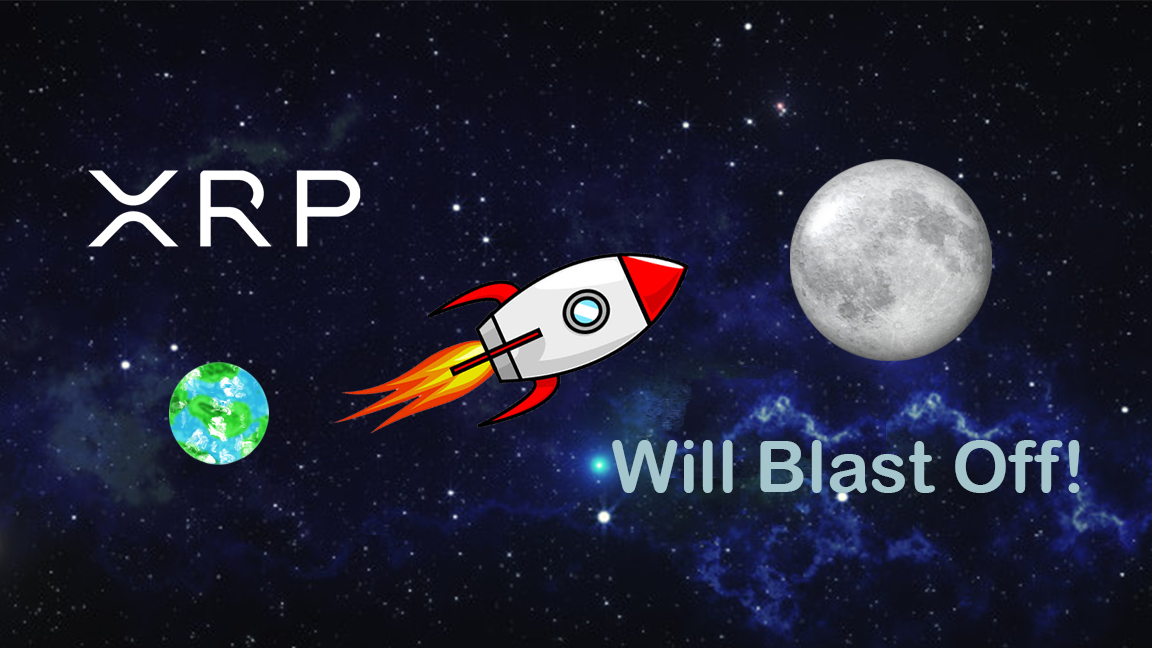Vietnam's Unbanked Population Ripple and XRP

by Ken Carabello for JetPay
According to the Worldbank, about 69% of Vietnam's adult population is without a bank account. This creates an enormous opportunity for cryptocurrency to permeate the region. Also standing to benefit from this service void, are blockchain companies such as mobile crypto wallet apps, settlement platforms, and digital ledger technology (DLT) in general. Currently, the most notable digital ledger that would stand to benefit from crypto growth in Vietnam would be RippleNet. And the digital token that could see the greatest boost from a mass crypto-adoption scenario in Vietnam, would be XRP.
Vietnam has a population of about 97 million people. Therefore, the 69% figure approximated by the Worldbank, works out to about 50 million people aged 15 or older, that don't have a bank account. No bank account means no ATM card, and essentially that these individuals are forced to rely on cash for their day to day operations.
Smart phone use in Vietnam on the other hand, is another story entirely. Recent statistics place users of mobile services in Vietnam at about 40% of the overall population. Since some of these users may be children, there is no exact figure on the number of adults that use these services. However, of the 50 million bankable adults in the Vietnamese population, I would say a safe estimate, is that anywhere from 35 to 40 million have a smartphone. Especially since pre-paid mobile services are ridiculously cheap to acquire in Vietnam (when compared to the West).
When you contrast the Worldbank statistics with those for mobile phone use in Vietnam, a clear picture emerges. There are 35 to 40 million users who could begin enjoy mobile payment features if cryptocurrency and DLT were to sufficiently penetrate this geographic area.
How long it will be before crypto saturates Vietnam (and the rest of Southeast Asia) remains to be seen. Yet Ripple's DLT already has a head start in the area. Vietnam's TPBank recently signed on with RippleNet to facilitate payments for Vietnamese nationals working abroad, who want to send money back home. Also, the crypto exchange Binance, announced in January that they have begun to allow peer-to-peer fiat-crypto payments that support the Vietnam Dong. So Ripple is already in the Region, and the Vietnamese have access to XRP on Binance. There is also another cryptocurrency exchange in Vietnam called BitcoinVN. However they do not offer XRP.
In any event, cryptocurrency and blockchain technology have already made their way to Vietnam. And 40 million out of 50 million bankable persons have a smartphone. Yet these same people have no bank account – and no ATM card. I see this as a fantastic growth opportunity for Ripple (the company). Since their digital ledger technology is the fastest, cheapest, and the best known for mobile payment settlement. And the XRP token will naturally benefit from a spike in RippleNet usage. Since – according to Ripple CEO Brad Garlinghouse, more than 20% of RippleNet transactions are settled using XRP.
All that needs to happen for this spike to occur, is regulatory clarity in the United States regarding crypto rules. This way, Ripple will have clear guidelines as to how the should proceed. Since it is an election year though, there has been some inevitable delay in getting these regulations finalized.
Still, China has already begun to take the lead from the United States in the advancement of crypto and blockchain technology. So United States regulators are well aware that time is of the essence. And Ripple has even threatened to pull up stakes and move to another country like England or Japan where regulations are clear, if the United States does not sort the matter out soon.
Considering all of these factors, it shouldn't be long before crypto in Vietnam takes off. The process has in fact already started. And Ripple and XRP are right there – a working prototype for global digital payments. With 50 million unbanked in Vietnam – 80% of whom have smartphones, it isn't difficult to surmise, that “Crypto-Vietnam” will be a reality in no time.
JetPay.cloud – Sign Up
#vietnam #xrp #ripple #payid #mobilepayments #ripplenet #crypto #cryptocurrency #blockchain #crossborderpayments
© 2020 JetPay.cloud
